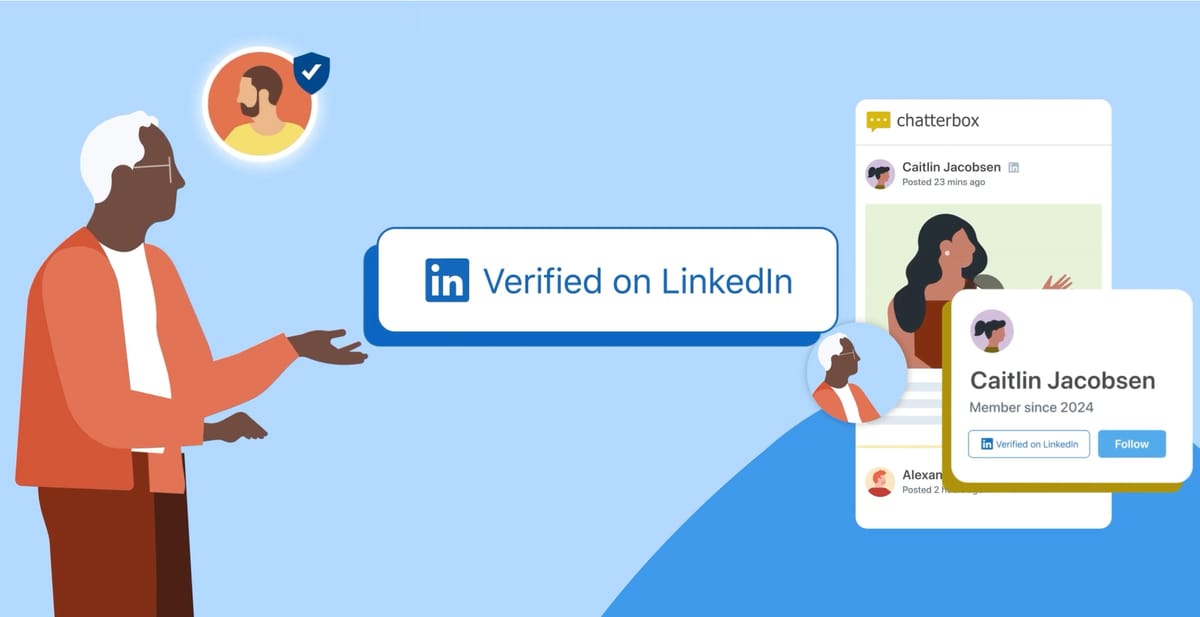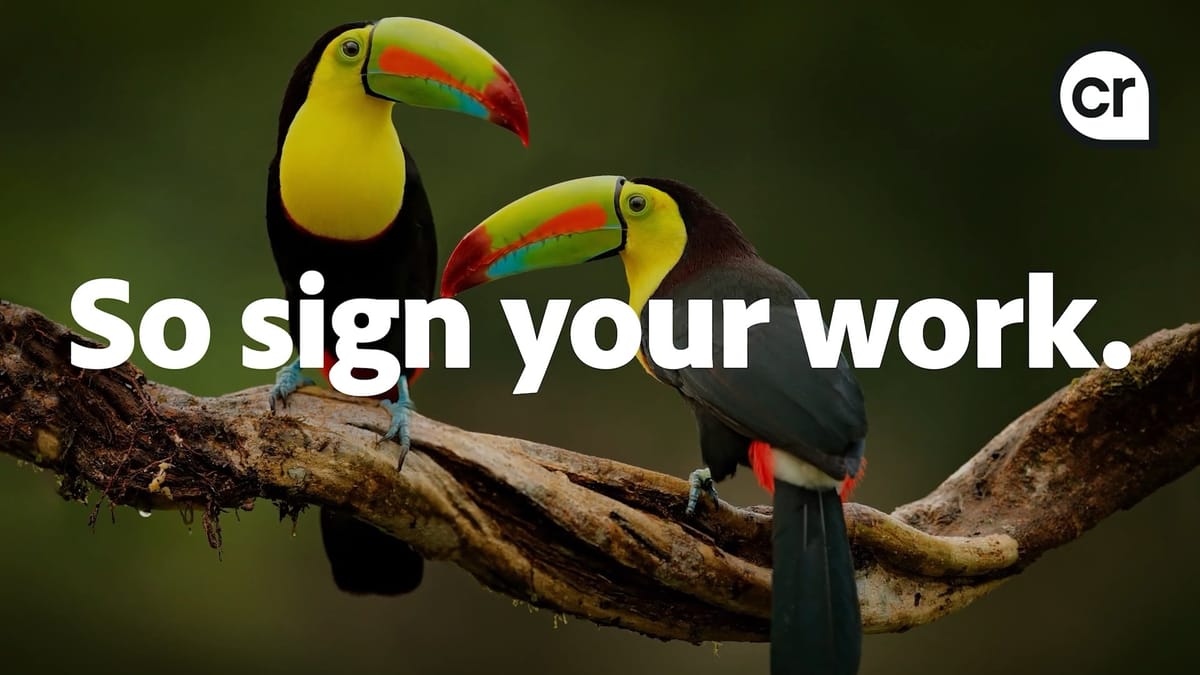
LinkedIn has launched a new feature—Verified on LinkedIn—that allows users to carry their verified LinkedIn identity to other online platforms. It’s a move designed to help combat widespread trust issues online, where scams and impersonation are draining an estimated $60 billion a year from global businesses.
Key Points
- New “Verified on LinkedIn” lets users prove identity across third-party platforms
- 80M+ users already verified on LinkedIn
- Adobe, TrustRadius, G2, and UserTesting are early adopters
- Aims to fight $60B annual cost of online fraud and scams
Adobe is among the first to integrate the new system, enabling creators on Behance and users of its Content Authenticity app to link their verified LinkedIn profiles with just a few clicks. The goal: give users more control over how their identity travels across the internet and reinforce trust between creators, collaborators, and audiences.
“Faced with an increasingly complex digital landscape, creators need greater control over how their content is used and shared online,” said Andy Parsons, Senior Director of Content Authenticity at Adobe. “This partnership with LinkedIn gives creators a powerful tool to take control—ensuring they get credit for their work, while promoting authenticity across the content ecosystem.”
The Microsoft-owned professional network says over 80 million members have already verified their identity, education, or workplace credentials on its platform, with 75 new verifications happening every minute. Now, rather than verifying themselves on each platform separately, users can display LinkedIn’s verification badge across other services they use. Businesses like TrustRadius, G2, and UserTesting have also signed on, giving their users an easy way to showcase verified identities—especially valuable in product review ecosystems where trust is key.
The launch is backed by consumer research from LinkedIn showing that 65% of people worry about who to trust online, and four in ten now investigate someone’s identity before purchasing a product or service. In the B2B space, that’s not just a preference—it’s table stakes.
Oscar Rodriguez, VP of Trust at LinkedIn, underscored the business case: “The rise in online fraud and scams across the web, driven by fake profiles, costs firms billions of dollars a year. Using Verified on LinkedIn, users will be able to use the verifications they’ve completed on LinkedIn to show who they are across different online platforms, boosting trust, confidence and credibility.”

The feature also aligns with LinkedIn’s broader push toward content authenticity. The company has joined Adobe’s Content Authenticity Initiative, a 4,500-member group promoting standards for digital content provenance. As LinkedIn expands support for Adobe’s Content Credentials, a verified identity could soon be attached directly to digital media—linking creators and their work more tightly than ever before.


